What is a “bad” game, really? Yes, video games are these multifaceted technical miracles that can break and crash on you. But if you really enjoy your time with an absolute mess, is it “bad?” Maybe! But beauty is in the eye of the beholder, and we’ve gathered a list of games people think are garbage, while remembering that one person’s trash is another person’s problematic fave. Let’s talk about some of the “bad” games we love.
Mass Effect: Andromeda
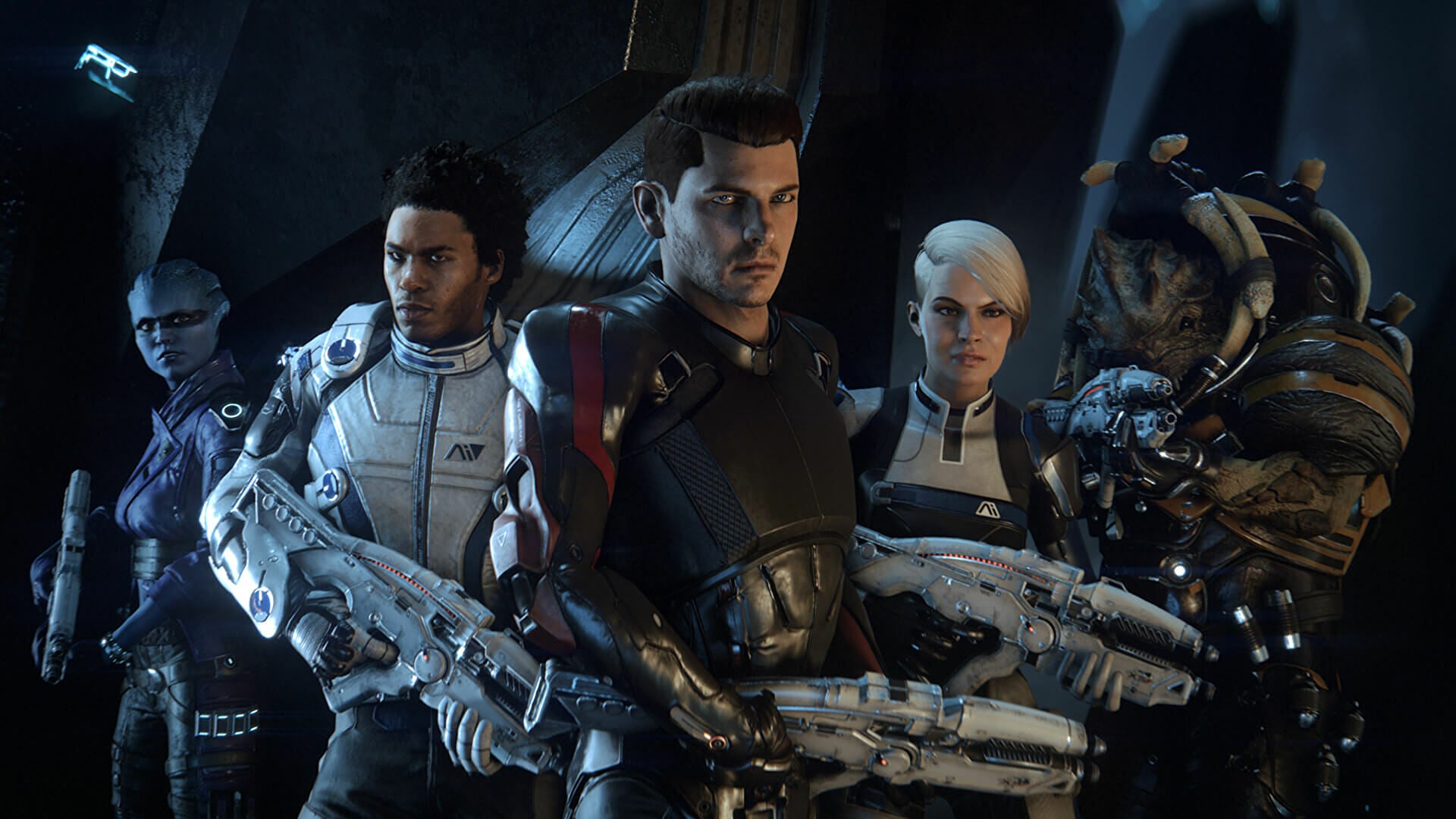
BioWare’s fourth foray into its science fiction universe had its name written in the stars as a buggy, awkward, open-world RPG with a tumultuous development cycle. But it was also an interesting, subversive look at the Mass Effect universe as it introduced a group of outcasts who were all outliers in their various cultures. That’s why they choose to travel through dark space and found a new life in the Andromeda galaxy. Once you’ve pushed the colonialism narrative away from your mind with all your might, Andromeda explores what the Mass Effect universe can be when there’s not a giant Reaper descending upon it and Shepard’s not putting everyone in a Get Along shirt. It also has the series’ best combat, bringing an effortless verticality and mobility to what was originally a much more grounded (literally) third-person cover shooter. It’s still buggy despite the patches, it’s still an incredibly bloated open-world game that’s in desperate need of culling its content. But somewhere in all that expanse is a BioWare RPG with a lot of heart. You just, unfortunately, have to go looking for it.
Shadow the Hedgehog
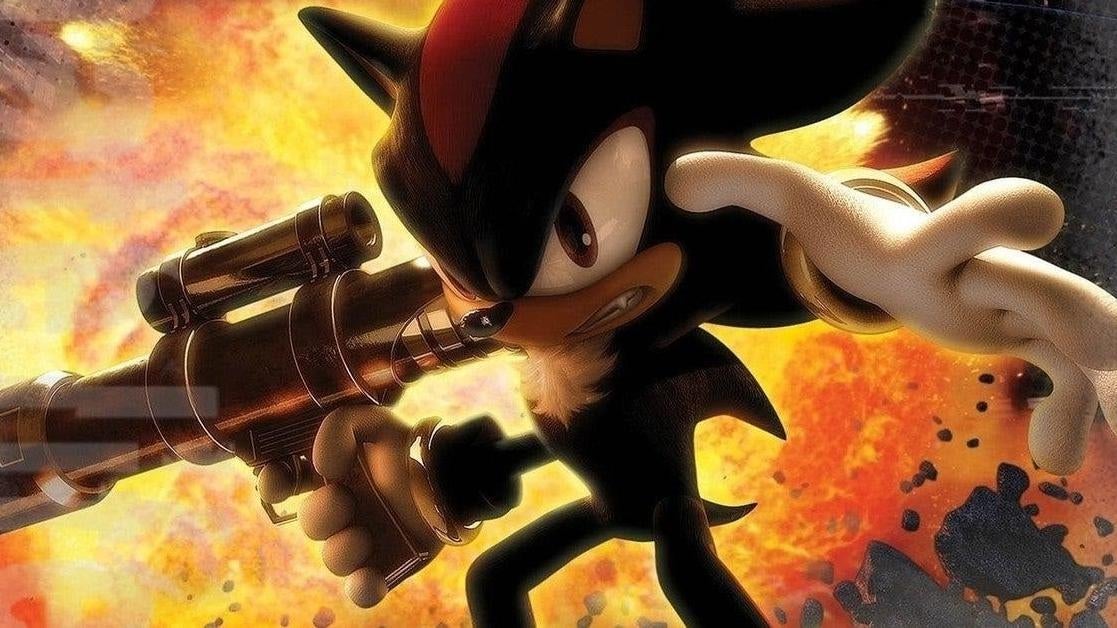
Look, ok, please hear me out. Yes, Shadow the Hedgehog is a woefully misguided “dark” take on the Sonic franchise that gives a hedgehog a gun. For some reason, Shadow swears all throughout the game and every time he gets hit or dies. On top of all this, the level design is some of the weirdest, most plodding nonsense Sega has ever dropped a super fast hedgehog into, and the plot is ridiculous. But Shadow the Hedgehog has ideas. The premise of a character going through dozens of “what if” scenarios as he learns more about his past, interprets these things in one way, and follows those conclusions to their natural endpoint. Shadow can become a lot of things at the end of these various routes, whether that be the hero Sonic wants him to be or the villain the world thinks he is. Even if everything around Shadow the Hedgehog is a trainwreck of bad ideas and worse execution, there’s something I’m drawn to in the spaces between. Plus, “I Am… All of Me,” the opening song, is top-tier Crush 40.
Final Fantasy XIII | Final Fantasy XIII-2 | Lightning Returns: Final Fantasy XIII
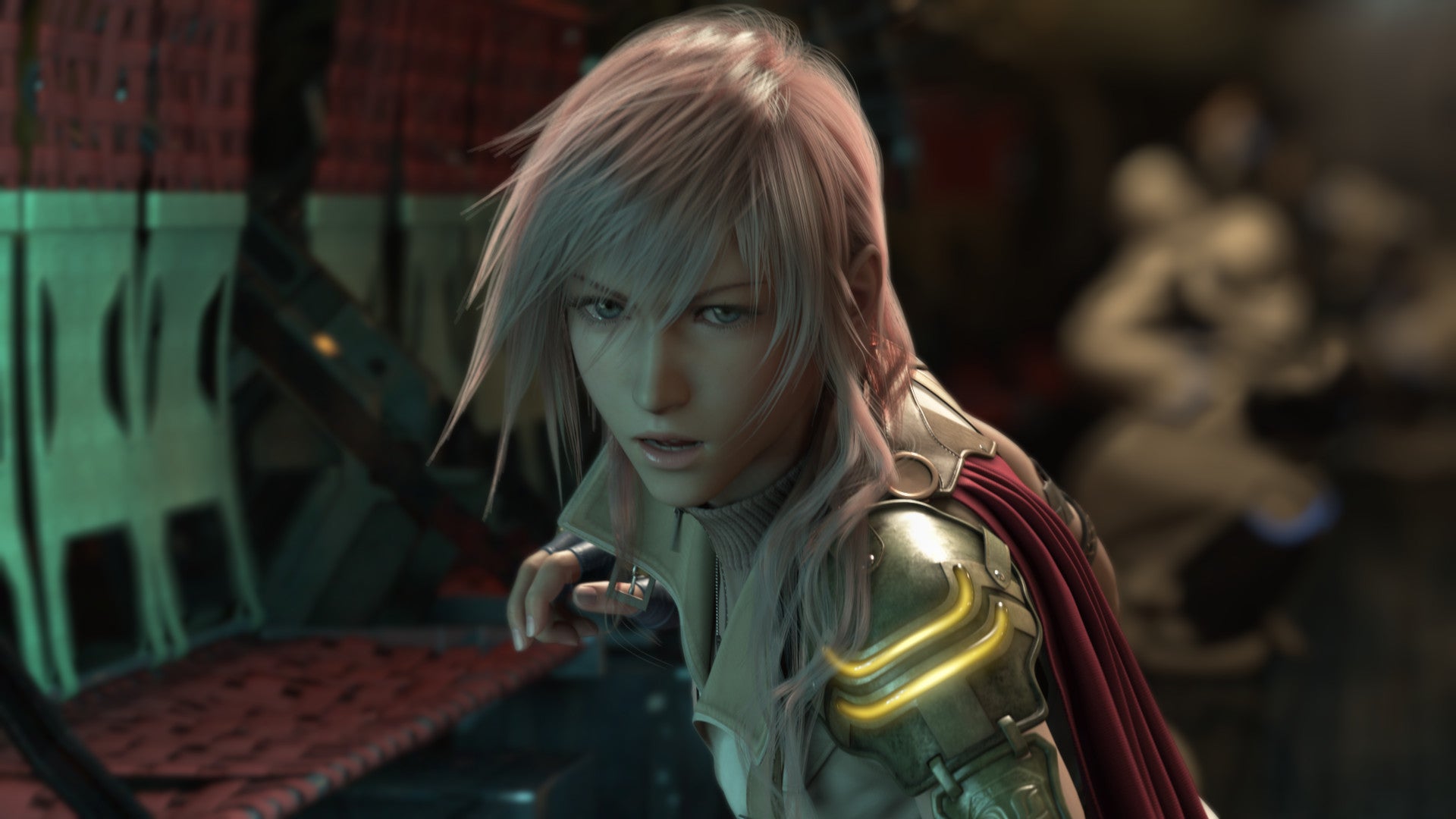
Initially, this was going to be an entry for the original Final Fantasy XIII, but actually, it’s an entry for the entire XIII trilogy, because it all whips. The Paradigm Shift mechanic makes for one of the series’ all-time best battle systems, and if you actually put your head down and read some codex entries, its world is more interesting than the game ever dares to present in the main story. But its sequels, Final Fantasy XIII-2 and Lightning Returns: Final Fantasy XIII are also really great. Some might even say Lightning Returns’ Majora’s Mask-style end-of-the-world time management makes for the best single-player Final Fantasy entry since the Final Fantasy X duology. All that being said, by the time Lightning Returns was released, people were fatigued with the XIII characters and conflicts. And it felt like Square Enix was just spending millions of dollars and an entire console generation trying to make Final Fantasy XIII “happen.” These games didn’t click for a lot of people, but they were willing to try and take new, experimental spins on the series each time.
Zelda II: The Adventure of Link
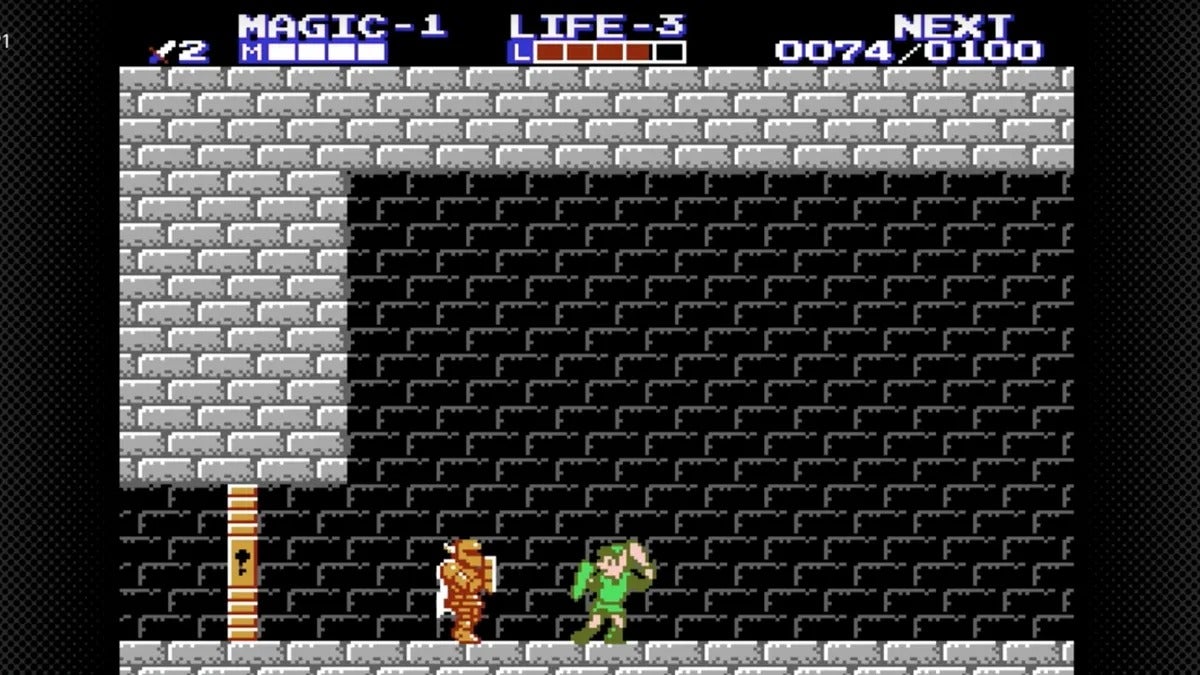
I’ve spent a lifetime hearing folks malign Zelda II: The Adventure of Link as “objectively the worst Zelda game” or making other similarly denigrating statements. (OK, occasionally they’ll make allowances for Spirit Tracks being even worse.) Well, I’m here to say that you’re all wrong. Zelda II is both a great game in its own right and one of the best Zelda games.
Zelda II represents a time when big developers were still sometimes willing to take big chances, and with Zelda II, Nintendo abandoned the top-down action of the original game for side-scrolling combat and exploration. However, part of what made it so exhilarating was that these side-scrolling sections were interspersed with traversal that takes place on a top-down map. It’s a choice that both helps to convey the vastness of Hyrule (the entire first game’s setting makes up just a small part of Zelda II’s world) and that forces us to reckon, for the first time, with Hyrule as a three-dimensional space, one we view from multiple perspectives. It was bold, innovative, and exciting.
On top of that, the combat itself, with its high and low strikes, its downward sword thrusts, and its shield blocking, is tight and engaging, its palaces were wonderfully challenging, and the way Link earned experience and powered up as you progressed was an early example of action-RPG mechanics that are now fairly commonplace. In my view, the Zelda series later reached a point, typified by games like Twilight Princess, where the formula had grown so rigid and lifeless, where freedom was illusory and you were just a cog going through motions the designers had laid out for you. Zelda II stands head-and-shoulders above those games as a lively, risky adventure, and sometimes I wish more developers today were still willing to take such big swings with their flagship franchises.
The Order: 1886
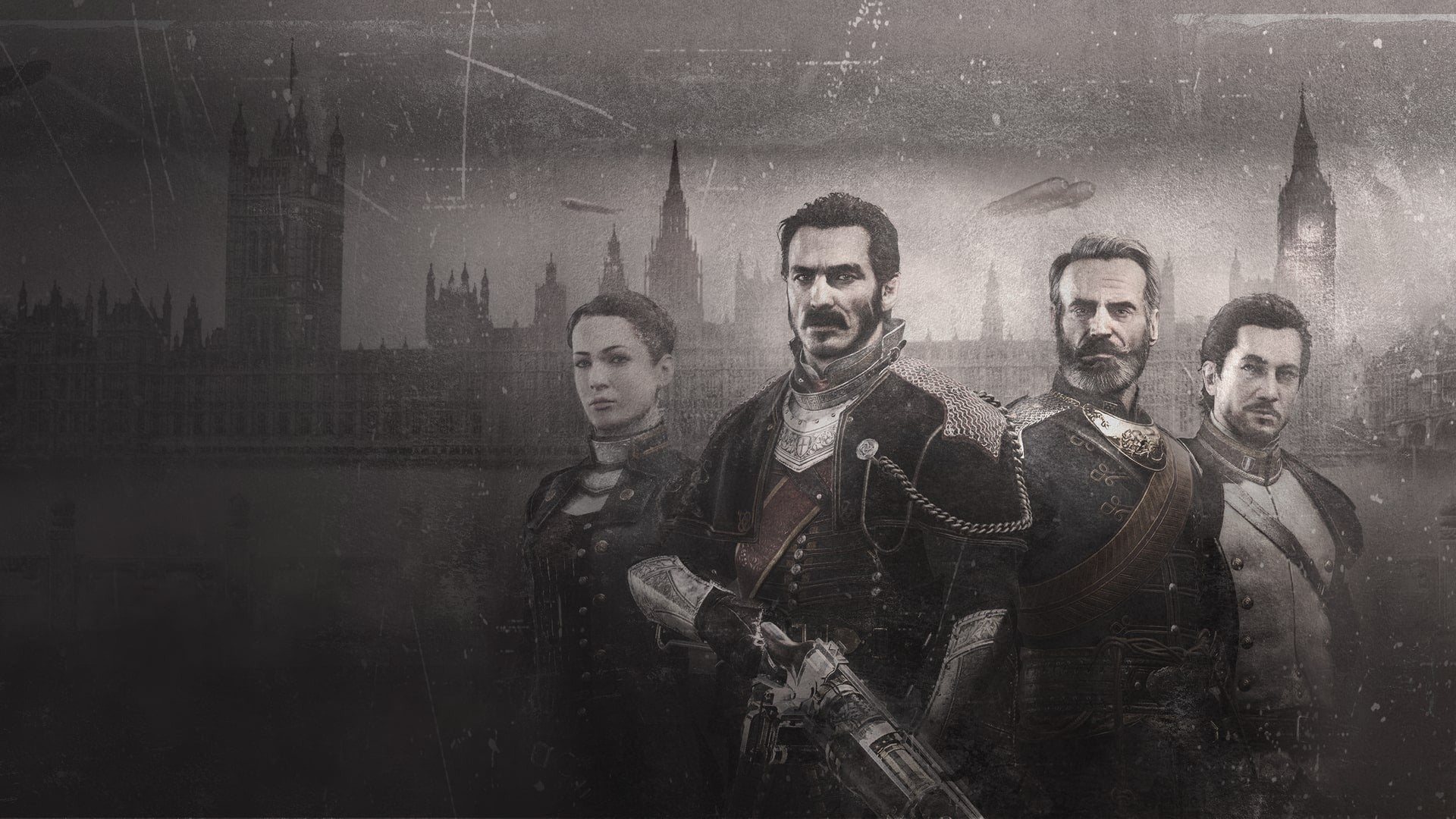
Ready at Dawn’s take on a steampunk London was fighting for its life right out of the box. When folks got word that one of Sony’s tentpole PlayStation 4 showcases could be completed in under 10 hours, it was swept up in discussions about video game value and how long a thing has to keep you occupied to be worth the money. Nowadays, The Order: 1886 runs for $US20 ($28) on the PlayStation Store, and if you’re hoping to get an hour of video game per dollar you paid for it, it’s still not quite there eight years later. But it’s still a pretty fascinating foundation for what could have been a series. It’s just a solid, short experience with a cool world and interesting weapon designs. It’s just a shame there’s not more of it, either in a longer game or a sequel.
Metroid: Other M
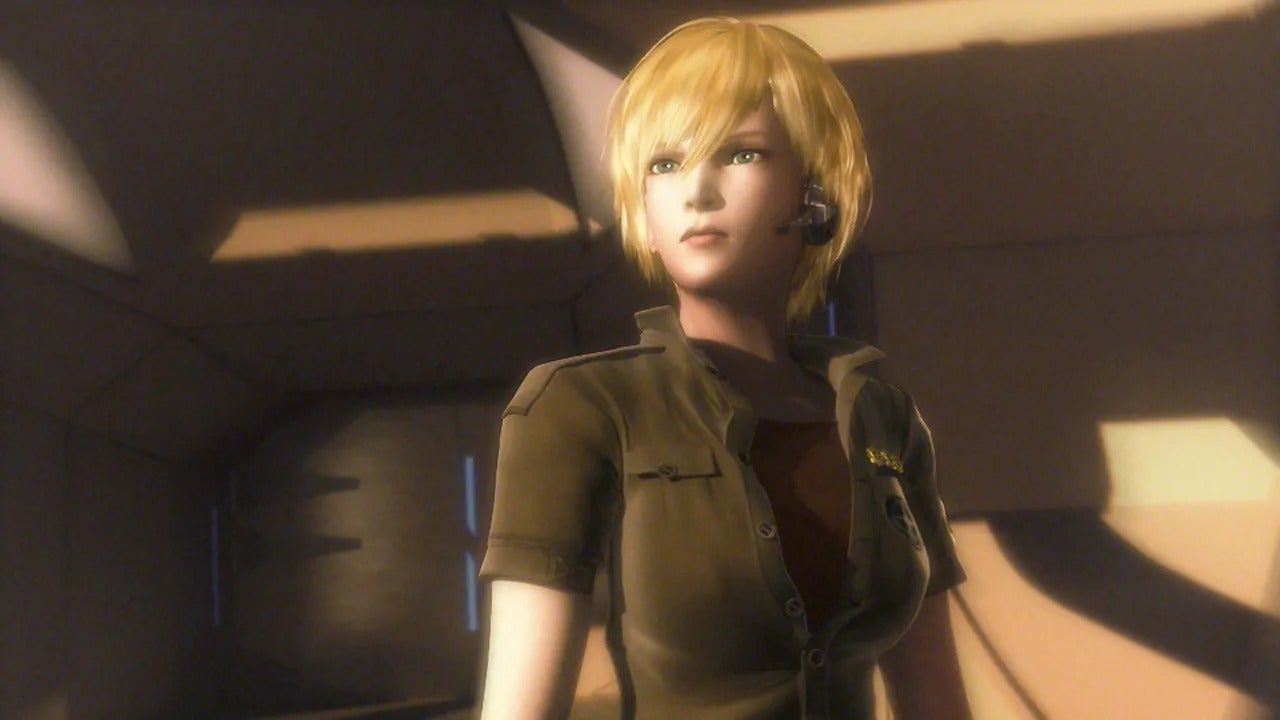
While Metroid protagonist Samus Aran is usually an enigmatic, silent protagonist, Metroid: Other M opted to really try and explore the character’s humanity to extremely mixed results. There’s some interesting character work around her tortured past, but it also gets into some weird power dynamics because Samus suddenly has a direct superior to answer to, and only unlocks her arsenal at the behest of a man. For a character who embodied the empowered woman protagonist archetype, Other M’s take on Samus felt diametrically opposed to what came before. But it still played pretty well and seamlessly integrated different modes of Metroid play, from sidescrolling to Prime-esque first-person elements. It had a lot to offer. It’s just a shame the foundation was such a strange undermining of what made the character of Samus Aran appealing to begin with.
Resident Evil 6
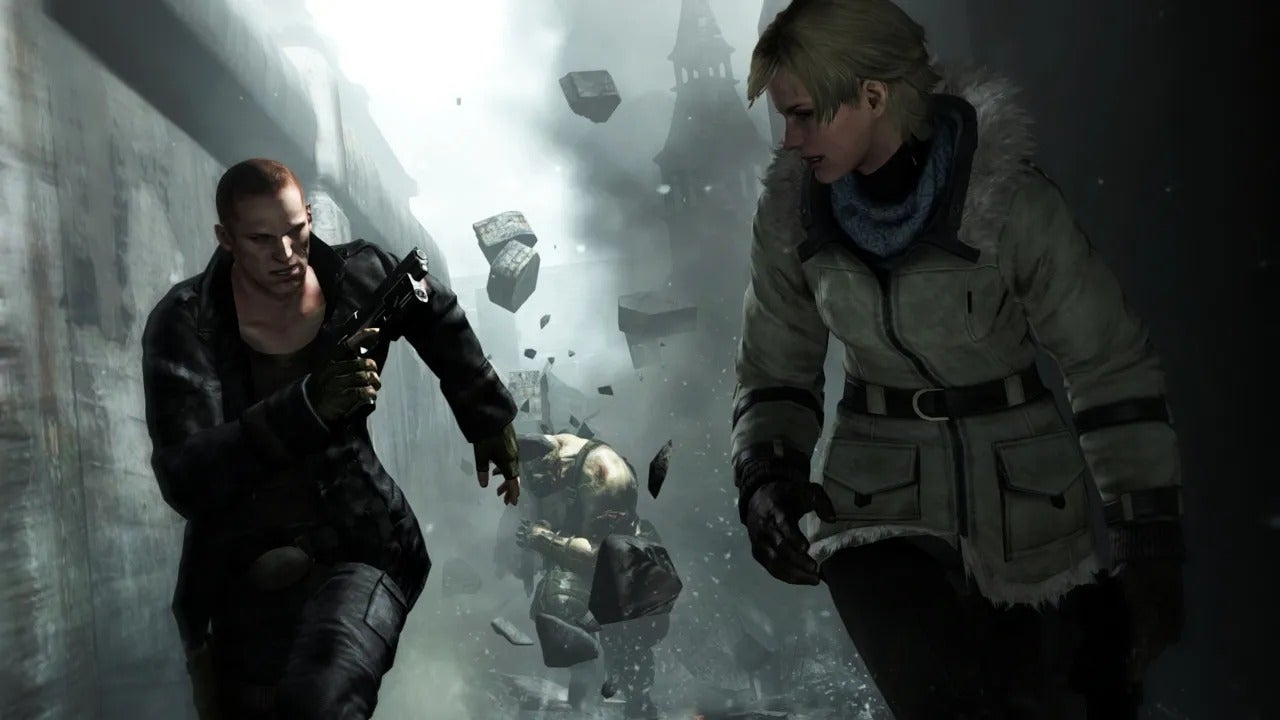
The Resident Evil 4 remake is out now and reminds us just how strong the series started with its over-the-shoulder third-person shooter era, Resident Evil 6 is rough to play now. It’s flimsy, and it leans in harder to the cooperative multiplayer pivot of the time despite it being a major point of contention in Resident Evil 5. If you’re not playing it with a friend, the entire thing becomes an exercise in frustration. It’s wild looking back at how companion characters got worse as the series went on, and maybe that’s why Resident Evil 7: Biohazard made the pivots it did. But when you play Resident Evil 6 with a friend, it’s…fine. It’s a fine third-person shooter that is, at the very least, functional and has moments of cooperative synergy that are pretty fun.
Life is Strange
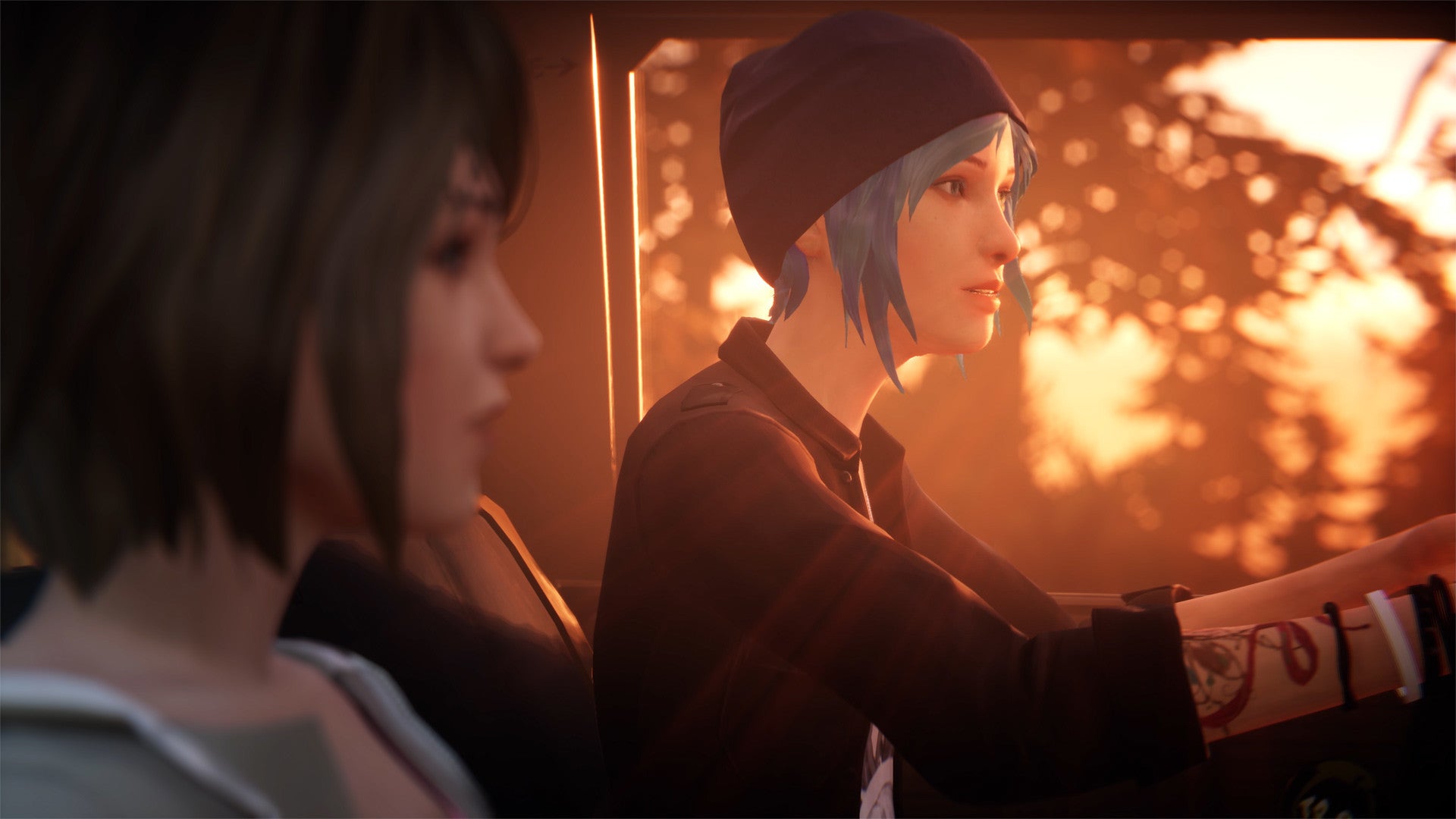
At the risk of being excommunicated from the LGBT gaming community, I’d like to bring the original Life is Strange to court. It’s hard to remember now, especially after the brilliance of Before the Storm or Life is Strange 2, but this adventure series had an incredibly awkward start. The dialogue was terrible. The puzzles were bad. Max, the protagonist, wasn’t really likable. As the chapters progressed some of the most memorable moments were also, in retrospect, cheap shocks that the game undid with its time mechanic.
And yet, Life is Strange is so deeply loveable. One of the few games that understands mood and lets you bask in it. In a roundabout way, all those rough edges helped: what’s more high school than not having all your shit figured out yet?
PlayStation All-Stars Battle Royale
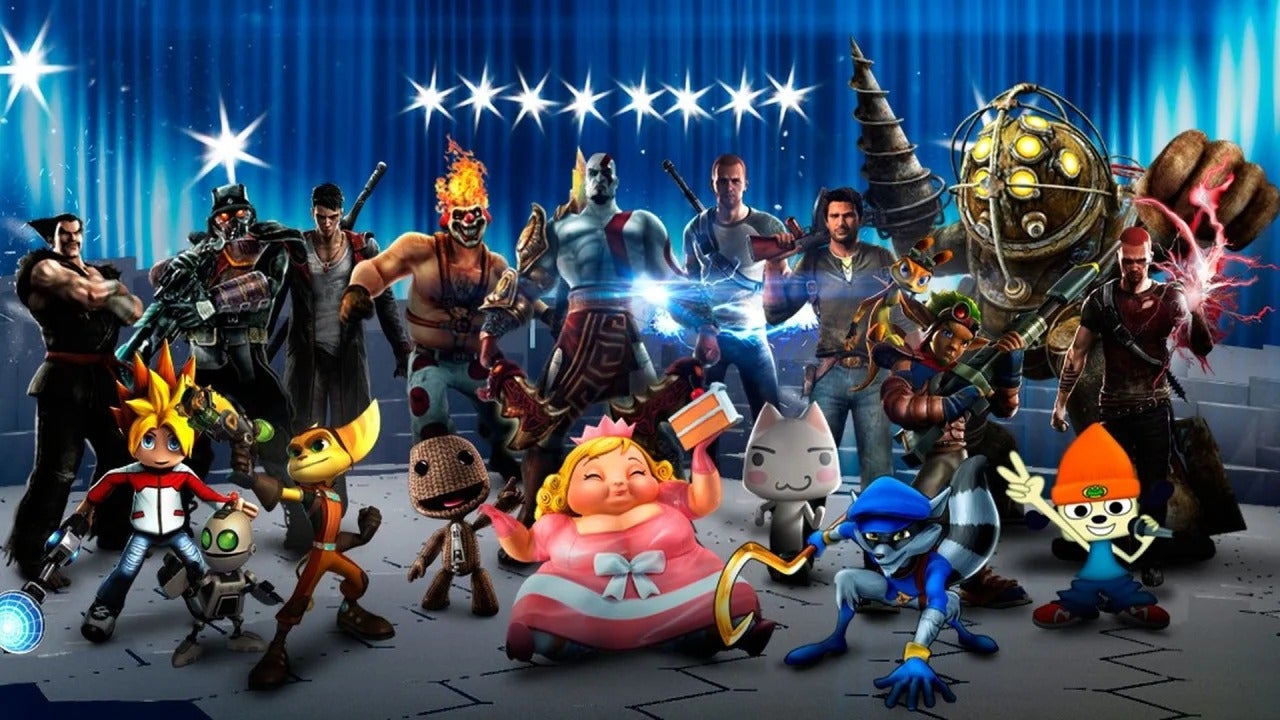
I know the Super Smash Bros. purists don’t like Sony’s take on the mascot brawler, but I dumped an ungodly amount of time into PlayStation All-Stars Battle Royale. I preferred its more traditional fighting mechanics, and I honestly just love more of the PlayStation roster compared to most of Nintendo’s characters. Jumping around and brawling as Sly Cooper and Nathan Drake felt pretty good. And as a person who never liked Smash’s ring-out mechanic, I preferred the use of Super moves to finish an opponent off. It’s an acquired taste, and a lot of its roster felt like an ad, but I wish we could see the idea rebooted generations later now that Sony has so many new characters to build its roster.
Ultimately, even in the worst of games (and there are plenty worse than the ones listed here) there’s something to love. There are nuggets of good ideas buried in a lot of bad ones, but sometimes we latch onto those good ideas and they’re enough to carry us through. Despite lifeless face animations and falling through the world multiple times, I had to play Mass Effect: Andromeda multiple times for a reason, right?
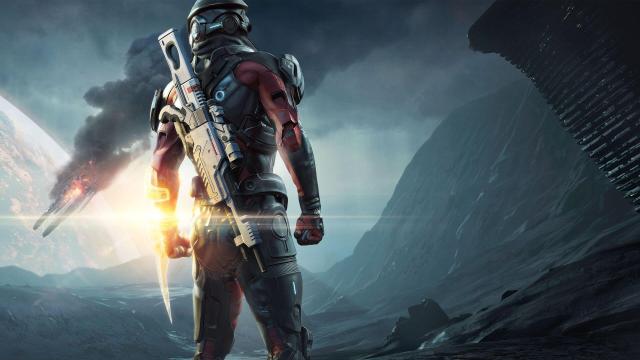
Leave a Reply